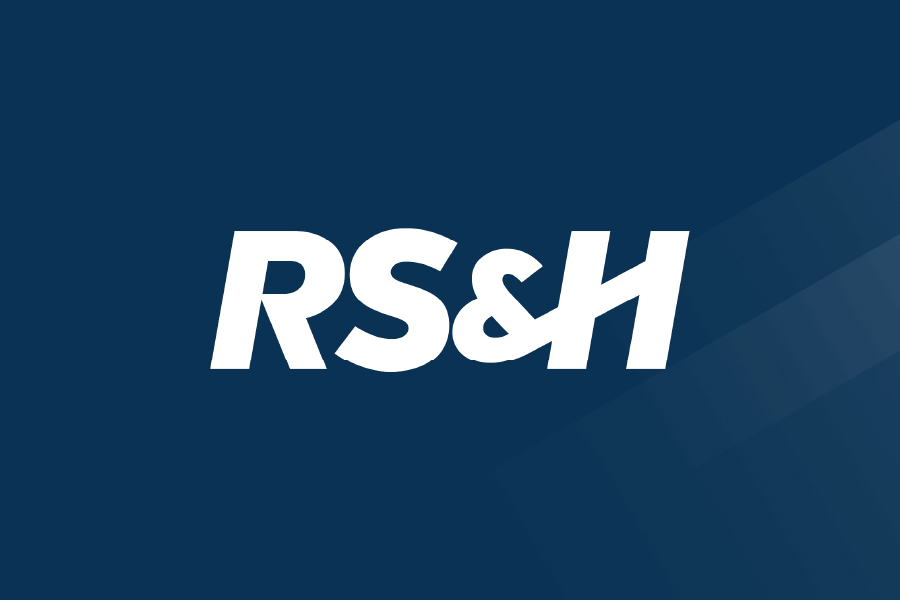How the US Will Achieve a National Tolling System

You’re finally on that road trip vacation you’ve been planning. You’re heading to the big city of New York when you’re about to cross the beautiful George Washington Bridge. But, then you hesitate, realizing you have your TxTag for the tolls. Can you use it to pass through? Currently, no. But, the good news is the tolling industry is developing the groundwork and standards to solve this dilemma.
The catalyst for this effort is the Moving Ahead for Progress in the 21st Century Act (MAP-21), which mandates that tolling facilities on federal-aid highways nationwide must be interoperable. This interoperability is required for a driver to seamlessly utilize their existing tolling accounts throughout the entire US – making that road trip less stressful on you.
The Barriers
There are numerous tolling entities in the country with varying priorities, missions and goals, stakeholders, funding sources, governance, reporting mechanisms, platforms, security measures, agreements, vendors, and staffing levels. Attempting to streamline this effort is challenging to get everyone to agree, or at least abide to, one standardized set of rules, platforms, and policies.
Prep Work
The tolling industry, led by IBTTA and ATI, has taken the necessary steps to further this effort to meet the required deadline. Current efforts include:
- Determining required AVI protocols
- Development of the standardized interface control documents for data exchange
- Development of the standardized business rules
- Defining financial responsibilities
In parallel to these efforts, regional hubs (e.g. Southern States Interoperability – SSIOP) are developing sets of business rules and requirements for the transactions, reconciliations, and data transfers for within their affiliated member agencies. This aligns their system(s) with a hub-to-hub communications network for national interoperability.
Other areas in the country are already interoperable, such as the North Carolina Turnpike Authority’s toll system, which accepts Quick Pass (NC), Peach Pass (GA), Sun Pass (FL), and E-ZPass.
The Effect on Operations
Current and future back office systems must adhere to policies outlined in the final solution that will be instituted. Operations must be enhanced and/or upgraded to handle the many items to ensure optimal performance and customer satisfaction while minimizing leakage. Some include non-tagged customers, disputes, fleet accounts, branding, image review, invoicing of out of state customers, and DMV agreements.
Next Steps
The organizations are working to finalize the technology solution for reading transponders, specifically multi-protocol readers. They will also need to determine financial clearinghouse, test the system, and analyze funding solutions. Another possible solution just announced by TransCore is a nationally interoperable technology that, according to the announcement, complies with the MAP-21 directive.




